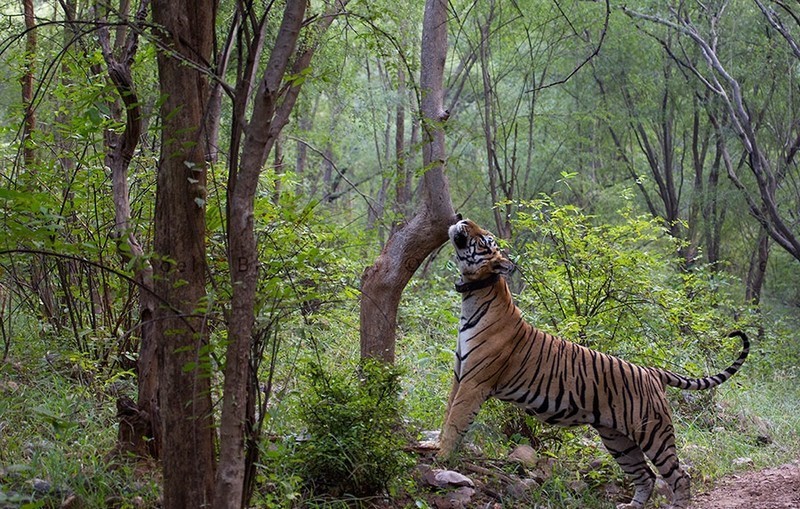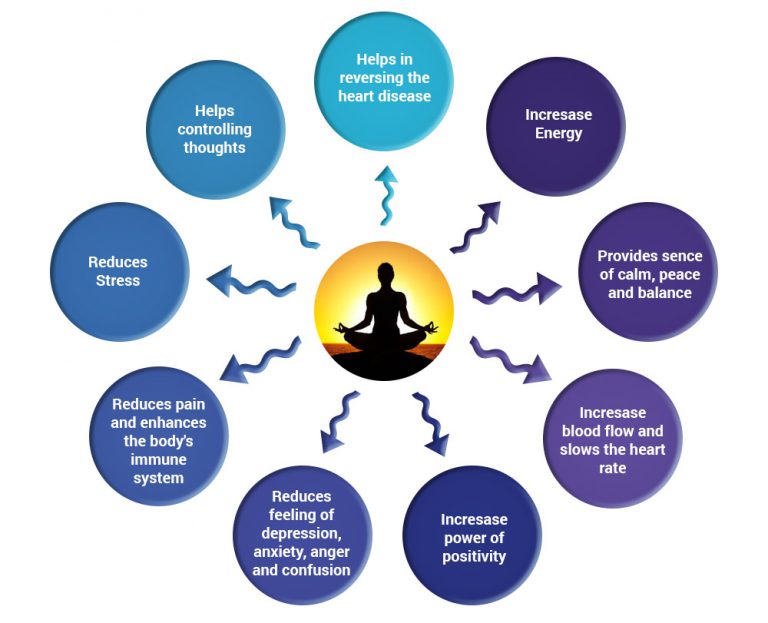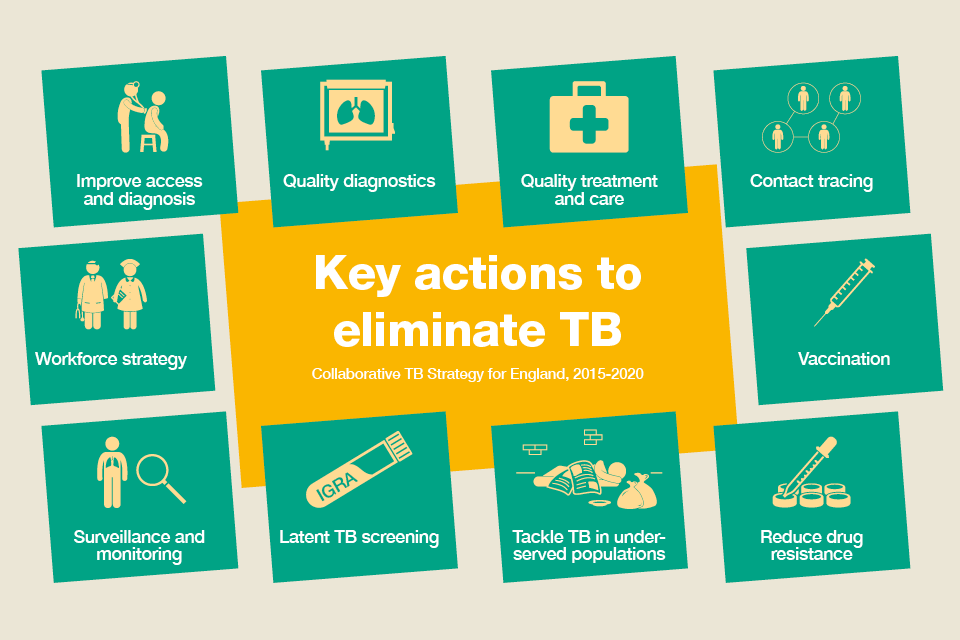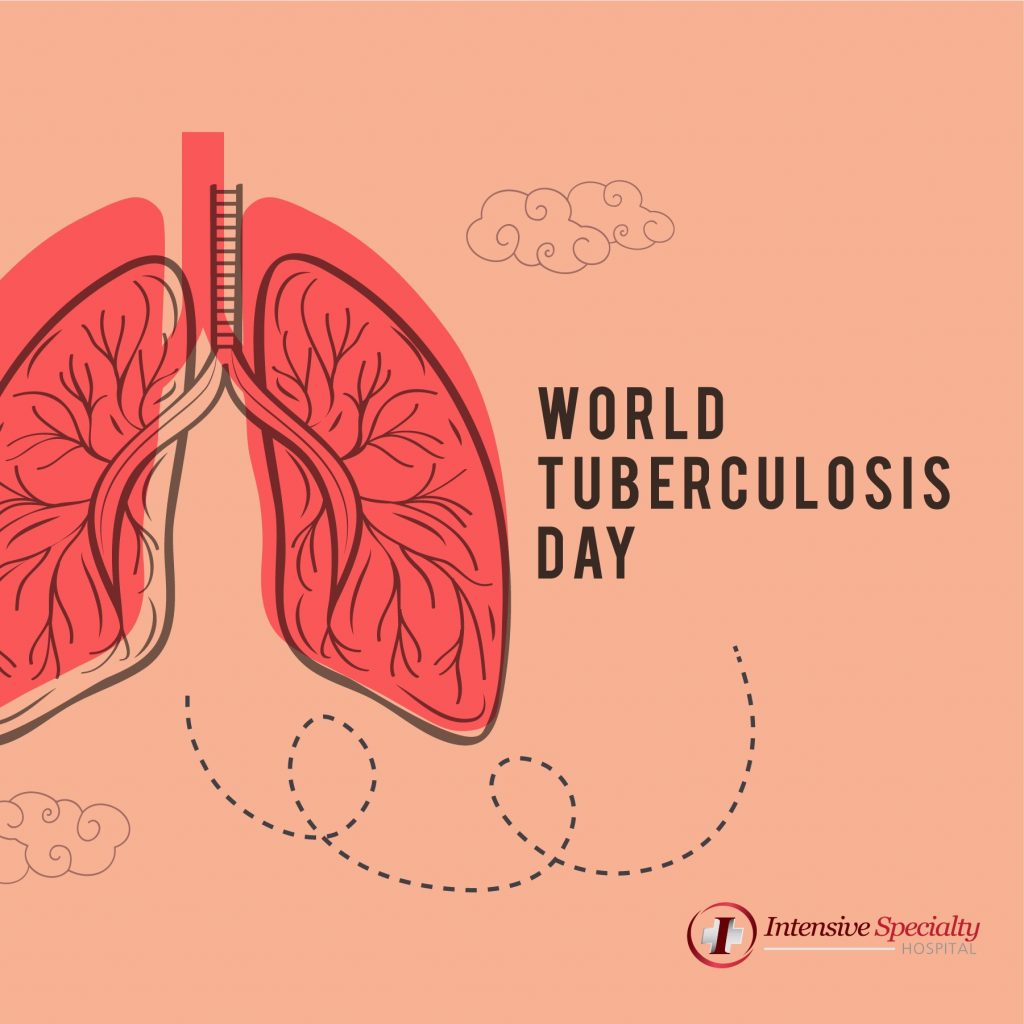


The Supreme Court, in its latest attempt since the 1990s, has ordered the Rajasthan government to close 68 mines that operate within a 1-kilometre radius of the Sariska tiger reserve in India. These mines, which extract marble, dolomite, and limestone, have been violating laws that protect the reserve and its critical tiger habitat. Despite previous attempts to halt mining in the area, including a CBI investigation, the situation has not improved. The decision was made based on the findings of a fact-finding committee and the need to protect the sanctuary's boundary and safety zone.
Sariska Tiger Reserve: Mining Threatens India's Endangered Tigers
Introduction: The Sariska Tiger Reserve in Rajasthan, India, is a crucial habitat for the endangered Bengal tiger. However, the reserve faces a significant threat from illegal mining activities operating within its vicinity. This article sheds light on the ongoing legal battle to protect Sariska and its tigers.
Background: Sariska was established in 1979 as a wildlife sanctuary and became a tiger reserve in 1982. Mining activities in the area have been a long-standing concern, as they degrade the tiger's habitat, pollute water sources, and increase noise and vibration, which disturbs tiger behavior.
In the 1990s, the Supreme Court of India issued directives to the Rajasthan government to regulate mining near the reserve. However, the state failed to enforce these directives effectively, and mining continued to take place illegally.
Recent Developments: In 2022, the Supreme Court ordered the closure of 68 mines within a 1-kilometer radius of Sariska. This decision was based on a fact-finding committee's report that highlighted the illegal mining and its devastating impact on the tiger habitat.
The mines, which extract marble, dolomite, and limestone, have been operating in violation of the Environment Protection Act, 1986, and the Wildlife (Protection) Act, 1972.
Despite previous attempts to halt mining in the area, including a CBI investigation, the situation had not improved. The Supreme Court's latest order aims to enforce the law and protect the sanctuary's boundary and safety zone.
Top 5 FAQs:
Q1: Why is mining a threat to tigers in Sariska? A: Mining degrades the tiger's habitat, pollutes water sources, and increases noise and vibration, which disrupts their behavior and hunting success.
Q2: What measures have been taken to protect Sariska from mining? A: The Supreme Court has issued directives to regulate mining, and the Rajasthan government has established a Monitoring Committee to oversee compliance.
Q3: How has illegal mining impacted the tiger population in Sariska? A: Mining activities have contributed to a decline in tiger numbers in the reserve. The reserve was once home to a thriving tiger population of over 26, but poaching and habitat degradation have reduced the number to just a handful.
Q4: What is the significance of the Supreme Court's recent order? A: The order to close 68 mines is a significant step towards protecting Sariska and its tiger population. It highlights the need to enforce environmental laws and prioritize wildlife conservation.
Q5: What actions can be taken to ensure the long-term protection of Sariska? A: Continued monitoring and enforcement of mining regulations, habitat restoration, and anti-poaching measures are crucial for the long-term survival of tigers in Sariska. Public awareness and support are also essential to ensure the reserve remains a safe haven for these endangered animals.

The use of ketamine as a treatment for depression has gained attention after Tesla and SpaceX CEO Elon Musk revealed that he uses the drug every other week. Derived from PCP, ketamine is a Schedule X drug that is regulated and monitored in India by prescribing doctors. While it has shown promise in managing mental health conditions, the euphoric effects of ketamine can lead to addiction if not supervised by a doctor.

A personal journey of discovering the true meaning of meditation leads to the realization of the role of Pranayama in enhancing the practice. Pranayama not only calms the mind and reduces thoughts, but also acts as a bridge between universal energy and ourselves, leading to a deeper connection in meditation. However, the importance of proper breath regulation and caution during kumbhaka is emphasized to avoid potential dangers and achieve optimal results in meditation.

Medindia, a leading health information website, has launched a new feature called Health Watch which aims to provide accurate and informative content on various health-related topics. The feature will include articles, e-books and consultations with qualified physicians, making it a one-stop destination for medical information. This initiative by Medindia is set to revolutionize the way people access and use health-related information, ensuring they have access to reliable and trustworthy sources for their health needs.

In the fight against tuberculosis, preventing the disease is just as important as treating it. According to Dr. Shweta Bansal of Artemis Hospitals, improving your immune system through diet, air quality, hygiene, and managing stress can significantly reduce your risk of TB. Her advice to avoid processed foods, maintain good hygiene, and get enough rest and relaxation serves as a crucial reminder to prioritize our overall health in preventing diseases like tuberculosis.

Every year, March 24 is observed around the world as World Tuberculosis Day to raise awareness about the ongoing fight against TB. This year's theme is "Yes! We Can End TB: Commit, Invest, Deliver," highlighting the crucial role of sustained commitment, financial investment, and effective interventions in eradicating this deadly disease. This day holds historical significance, dating back to 1882 when Dr. Robert Koch discovered the bacterium responsible for TB. Join India and the rest of the world in commemorating this day and working towards a TB-free future.

On World Tuberculosis Day 2025, learn about the symptoms of TB and how you can reduce your risk. The theme for this year's World TB Day is "Yes! We Can End TB", highlighting the collective effort needed to eliminate this disease. Prime Minister Narendra Modi has pledged to make India TB-free by 2025, ahead of the global target.

As we celebrate World Water Day, it's important to understand the importance of staying hydrated for our overall health. While the commonly known advice is to drink eight glasses of water a day, it actually varies for each individual. According to experts, women should drink 11.5 cups of water and men should drink 15.5 cups a day. However, factors such as diet and lifestyle also play a role in determining one's daily water intake. So let's decode the confusion and understand our specific water needs.

Elon Musk's revolutionary SpaceX spacecraft, the Crew Dragon capsule, has successfully brought back NASA astronauts Sunita Williams and Butch Wilmore to Earth after their extended stay aboard the International Space Station. This innovative spacecraft stands out as the only one in the world that functions as a cargo transport between Earth and space, and has proven its capabilities by safely returning astronauts from space. Equipped with 16 versatile Draco thrusters and two drogue parachutes, the Dragon capsule showcases the tremendous advancements in space exploration technology. With this successful mission, Musk's SpaceX continues to push the boundaries of what is possible in space travel.

Sunita Williams has made history once again with her safe return from the International Space Station. With a passion for adventure and exploration since childhood, Williams has built an impressive career as a NASA astronaut, setting records and paving the way for future space travel. From her early education in Needham, Massachusetts, to her commission in the U.S. Navy and various space missions, Williams has showcased her determination and skill in everything she does. Now, as she returns to Earth after accumulating an impressive 608 days in space, we reflect on the incredible journey of this space pioneer.

Sunita Williams and her team, accompanied by Nick Hague and Aleksandr Gorbunov, safely landed on Earth this morning after their SpaceX's Dragon spacecraft unexpectedly spent 286 days in space instead of the planned eight days. While the delay was caused by technical issues, the recovery team was greeted with a heartwarming surprise as dolphins swam arounds their spacecraft during the retrieval process. The smooth and calm ocean, coupled with the playful dolphins, made for an unforgettable and emotional return for the astronauts.